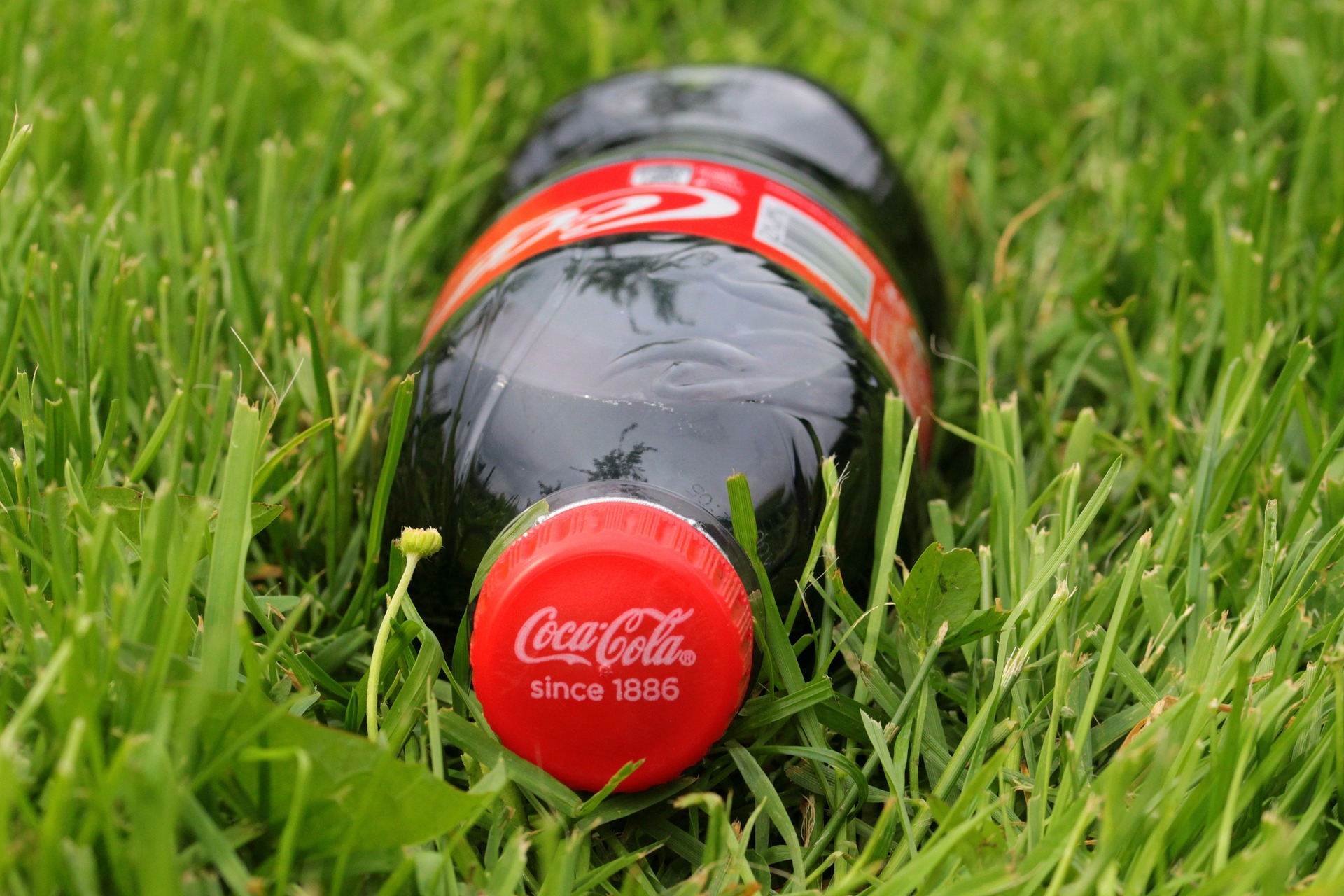Sustainability — or the creation of products through economically sound processes that minimize negative environmental impacts while conserving energy and natural resources — has transformed the manufacturing landscape.
Now, certain green manufacturing standards that were once a nice benefit, such as reducing water and energy, minimizing waste and decreasing dangerous emissions, are expected from manufacturers.
To help you better understand its benefits, we put together five reasons your company should embrace sustainable manufacturing.
5 Benefits of Sustainable Manufacturing
1. Increase sales.
While many generations value the importance of corporate social responsibility, it’s become evident that young adults have made environmental protection a priority.
Seventy-six percent of millennials are focused on caring for the environment, a sentiment they incorporate in their purchasing habits. In fact, three out of four are willing to pay more for products or services from brands that are committed to positive social and environmental impact.
Not only will sustainable manufacturing make your business more marketable, but ignoring the movement could actually harm your sales.
2. Save money on energy costs.
Replacing all incandescent light bulbs with energy-efficient compact fluorescent lamps, which last three to 25 times longer and use about 25 to 80 percent less energy, will significantly reduce energy costs.
Converting to renewable energy sources, such as wind or solar, can also help stabilize your energy prices. These costs have declined steadily in the past few years. The cost of a solar panel, for example, has dropped almost 60 percent since 2011 and the cost of generating electricity from wind has dropped more than 20 percent between 2010 and 2012.
Regularly inspecting manufacturing equipment for malfunctions or poor energy use, implementing recycling initiatives, and going paperless are also great ways to significantly reduce energy costs — all while pushing for sustainable manufacturing practices.
3. Access to government incentives.
In addition to saving costs, switching to sustainable practices can boost your opportunities of grants, tax credits and other incentives at both the state and federal level.
Small- and medium-sized manufacturers may be eligible to receive a free assessment by the Department of Energy’s Industrial Assessment Centers. IACs typically identify more than $130,000 in potential annual savings opportunities for every manufacturer assessed, nearly $50,000 of which is implemented during the first year following the assessment.
Becoming a sustainable manufacturer also increases competitive ability for government contracts, since many of these contracts are only available to sustainable manufacturers.
4. Boost workplace morale.
When employees at all levels are asked to identify and implement green manufacturing practices, it sparks an environment of collaboration and teamwork. When management recognizes these contributions, and even rewards those who go above and beyond, it encourages them to work harder and reminds them that they’re making a positive difference in the industry and on the environment.
Sustainability also leads to increased innovation. When employees are encouraged to follow sustainable methods, they’ll be inspired to pursue research and development projects that create new, efficient ways of doing things.
5. Improved health and safety.
By becoming a sustainable manufacturing company, you can reduce water and energy, minimize waste and decrease hazardous emissions. Aside from the benefits that directly impact your business, this decrease in carbon footprint can make a positive difference on the safety of your employees working in these conditions and in your community.
Sustainability in Manufacturing
Here are four companies that are making it their mission to commit to sustainable manufacturing.
Adidas
Adidas started its sustainability journey in 1989 and has been working on improving its practices ever since. One example is through its “sport needs a space” initiative, which is based on the notion that in order for sports to continue to positively change lives, it needs a space to exist.
As part of its sport needs a space plan, the company has released a report that details the goals and ambitions it has to improve its own practices by 2020. These goals include a 20 percent waste reduction at strategic suppliers, 35 percent water savings per employee at its sites and eliminating plastic bags in stores, among other things.
Seventh Generation
Since 1988, Seventh Generation has been working to sell products such as biodegradable, vegetable-based cleaning products, chlorine-free paper towels and natural baby wipes. Also, more than a quarter of its vehicles are made up of low-emissions cars and more than a quarter of the energy burned in manufacturing comes from renewable energy sources.
Coca-Cola
Coca-Cola has made aggressive goals to improve water stewardship, protect the climate and produce sustainable packaging. For example, it plans to work with its partners to recycle the equivalent of 75 percent of the bottles and cans it develops by 2020. Currently, it is on track and has estimated a 61 percent recovery rate.
The brand also has made a goal to replenish 100 percent of the water it uses, safely returning to communities and nature an amount of water equal to what it uses in finished beverages and their production by 2020 — is on track to meet that goal.
BMW
BMW was ranked the world’s most sustainable company in 2016. Currently, it is the most successful and sustainable premium provider of individual mobility. The company emphasized efforts to reduce its carbon footprint and put an emphasis on electric vehicles. Between 1995 and 2015, it was able to reduce CO² emissions of newly sold vehicles in Europe by 40 percent.
BMW also made a decision to link the salary of its senior executives to their sustainability performance, which showed its commitment to improvement and resulted in stellar performance.
Sustainability at Apple Rubber
At Apple Rubber, we’re also making conscious decisions to embrace sustainable manufacturing. For example, we work with polymers derived from substantial sources, such as EPDM. EPDM rubber uses Brazilian sugar cane, instead of oil, to produce ethanol.
When it comes to cooling our equipment, we use a cooling tower, which reduce the use of public water. We also make sure we are continuously replacing older equipment and lighting options with newer, more efficient alternatives to reduce greenhouse gases and recycling as much as possible in order to limit landfill waste.
How are you and your business working towards sustainable manufacturing? We’d love to hear! Let us know on Twitter @AppleRubber.





